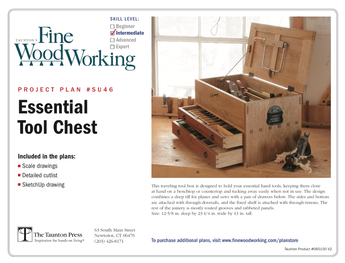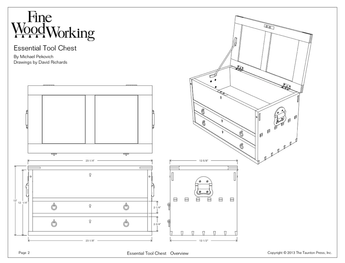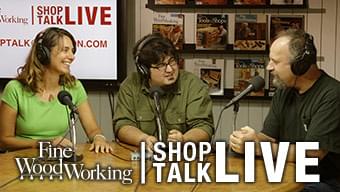Hey group!
New to the platform and looking for some guidance on an upcoming project I have for a client. Going to be installing some wainscoting in the dining room of a home. Reaaaal nice house here so I wanna do my best work. I’m Looking to remove the baseboards so I can slide some 3/4” material behind the baseboards to make the wainscoting flush up against the baseboards for a really nice clean look. (Also give my your thoughts on if you do this or not).
Here’s the problem, they have bullnose corners which means outside corners are made of 3 pieces cut at 22.5. My concern is that when I bring the baseboards out 3/4” and have to transition the base boards back to the regular baseboards with-out a 3/4” furring strip how do I make that transition look clean?
hope that makes sense if you can’t visualize it maybe I can draw up a picture or something. Thank!














Replies
A drawing ALWAYS helps.
If I understand you the wainscoting and the baseboard is on the same plane. ??The wainscoting is of vertical boards or paneled? How are you going to deal with the bull nose for the wainscot itself? The cap rail on the wainscot? So if I understand you ,which I might not by the way, you are going from a space that is going to be paneled around or to a bull nosed corner to space that is not going to be paneled...is this true? A paneled wainscoting would include the " baseboard " in its construction and would not require furring and does look fancy. But in any case can you stop your wainscoting short of the corner and finish the end with an appropriate sized quarter round or something that transitions to meet whatever you are planning for your cap rail. Turn of the century house probably with bulldnozed outer corners-often the inside corners were coved as well. As was mentioned a picture would go a long way.
I’ll Attach some photos to maybe help and let me clarify my plan. I will remove the baseboards. Place 3/4” material behind it. I will then apply the wainscoting using 1x4 material this will make the wainscoting and baseboard on the same plane. How should I make that baseboard wrap around the bull nose corner? Let’s use an example look at the photo below.
Let’s say I remove piece “A” and put a 3/4” block behind it. Doesn't that mean piece “B” needs to be cut at a different angle and different length?
The perfectionist in me gets annoyed that the angle between “C” and “B” will be different than the angle between “A” and “B”. This is such a minor detail but I just want it to look good and I don’t see any other solution.
Also Attatched is a photo of the design I have for one wall and what the wall currently looks like.
This is an AI post. Or it must be really difficult to post a pic here.
Nope not AI lol. Just didn’t have photos this morning but just posted some would be great to hear your opinion.
https://m.youtube.com/watch?v=gB2iTtrRduY&pp=ygUdV2FpbnNjb3RpbmcgYXJvdW5kIGEgYnVsbG5vc2U%3D
Go to about halfway through the video. If you don’t want the hassle (or don’t like the look), you could miter the corners as if the bullnosed wall didn’t exist. Then you’re left with a gap at the top of the chair rail cap. Make a wooden half dollar from door stop material and cut the bull nose radius into it. Use it to conceal the gap.
If you decide to go with option B make a small mock up to see if you like it. Also consider making the half dollar ‘square’ to match the straight lines of the wainscoting or even using the door stop to cap the entire chair rail cap. Just miter the radius.
Doing either method you think I might have to buy some more of this baseboard because I’m changing the length. At least piece B would be a different length not A or C.
Yea and it’s also fun finding boards to match the existing thickness of your baseboard and the ogee cap has to be the correct thickness and size. I resorted to replacing the trim in my entire house.
If you've all ready worked out how you'll have the wainscoat terminate on the wall (covering the gap the 3/4" blocking creates then it seems like just making Part "C" 3/4" longer would get you there.
I've made transitions between non-matching trim (or room-to-room) using plinth blocks. Make the blocks from thicker material and let the moldings die straight into them. The photo shows 3/4" trim on one side, 1/2" trim on the other and a 5/4 plinth.
You'll probably have to do the other side of the doorway to make it work, but it's a nicer detail than the economy bullnose.
https://www.homedepot.com/p/HOUSE-OF-FARA-3-4-in-x-3-4-in-x-7-in-MDF-Radius-Baseboard-Block-Moulding-BB7MDF/202091093
I used a 1 inch wide ornamental plinth at the top of my stairs where the skirt meets the baseboard of the adjoining wall.
Oh I love the look of plinth blocks that’s really good idea.